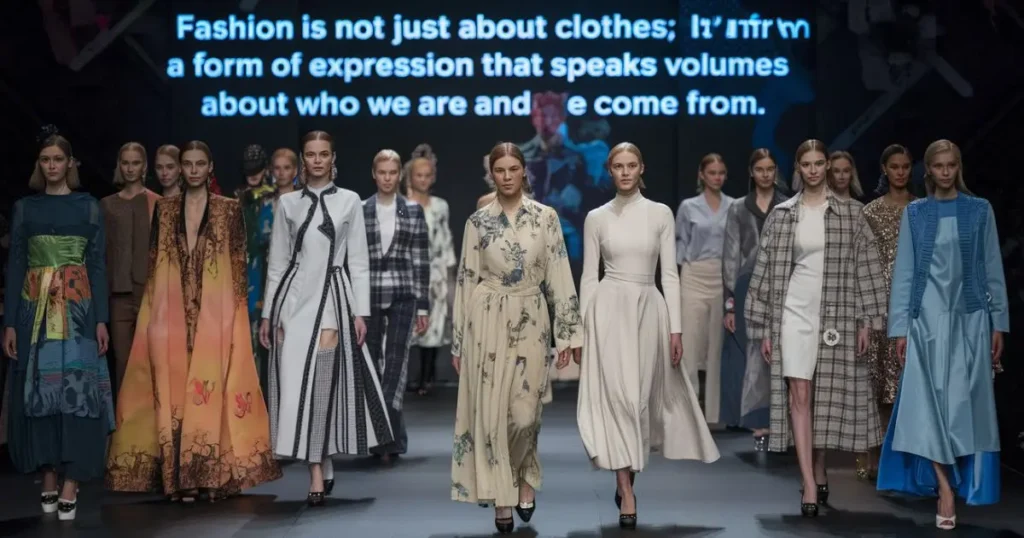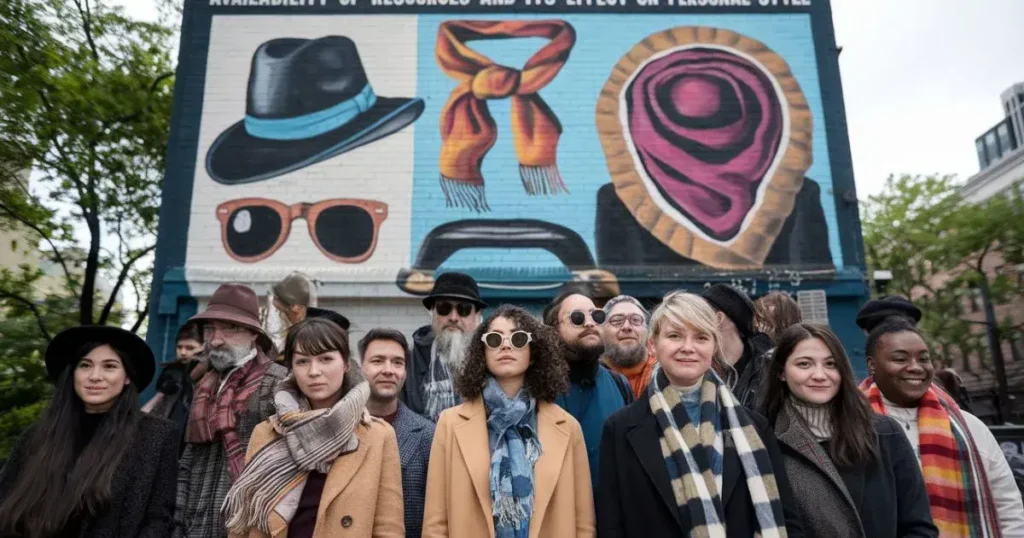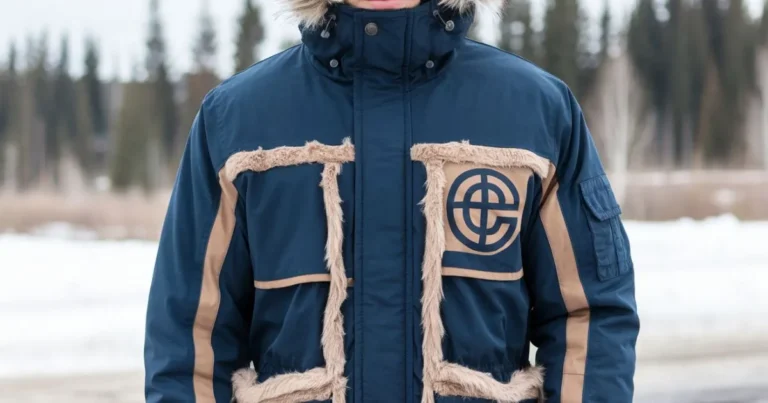
Fashion is not just about clothes; it’s a form of expression that speaks volumes about who we are and where we come from. From the bustling streets of New York to the quiet villages of rural Ethiopia, style choices vary dramatically based on external influences like culture, climate, and architecture, but also deeply rooted internal factors such as personality and mood. In this article, we’ll explore how these factors shape our style, ultimately creating a personal fashion narrative that is unique and influenced by the world around us.
The Power of Cultural Influence
Culture plays a pivotal role in determining our fashion choices. Whether you realize it or not, the culture you grow up in significantly molds your style. Take, for example, a woman living in urban California. She might embrace bold fashion choices such as short skirts, vibrant earrings, and eclectic accessories this is not merely a personal choice but a reflection of the cultural norms surrounding her. In contrast, a woman in Yemen may opt for conservative attire due to religious or social expectations.
Fashion in different regions often reflects the cultural values and traditions prevalent there. Even though some might argue that fashion is about self-expression, cultural influence often dictates how far an individual can go in experimenting with style. Societal pressures and the fear of standing out too much often keep people from embracing unique fashion styles unless they belong to a subculture that celebrates non-conformity.
The Divide Between Urban and Rural Fashion
There is a clear distinction between urban and rural fashion preferences. Cities buzz with life, media influence, and exposure to international trends, encouraging people to experiment with their looks. In urban environments, fashion is more than just clothes it becomes a statement, a reflection of one’s personality, and an indicator of social standing. Remember the iconic green Versace dress Jennifer Lopez wore in 2000? It became an instant trend that people in cosmopolitan areas couldn’t wait to replicate. You may want to Read: How To Find the Right Winter Jacket?
On the contrary, fashion in rural areas tends to lean towards practicality. People choose clothes that suit their daily lifestyle. Functionality takes precedence over aesthetics. In rural Texas, for example, a man might prefer wearing jeans, a cowboy hat, and boots practical clothing that allows for comfort and mobility in an agricultural setting. Fashion here doesn’t just follow trends but is deeply connected to the work and life of the community.
A Silent Influencer on Clothing Choices
Climate undeniably dictates our clothing choices. No one in their right mind would wear a heavy coat in a desert environment or shorts in freezing temperatures. People in colder climates often dress in layers and thick materials, prioritizing warmth over style. On the other hand, those living in tropical or warm regions gravitate towards lightweight fabrics and airy designs to stay cool.
Take the beaches of Miami here, fashion trends favor swimwear, bright floral prints, and comfortable sandals, reflecting the laid-back beach lifestyle. In contrast, residents in snowy regions of Canada rely on thick parkas and boots. The correlation between climate and clothing choices is so strong that it defines the very essence of fashion in certain areas.
Architectural Aesthetics and Fashion: A Surprising Connection
You might not realize it, but the architecture surrounding you can also influence your style. Cities with modern, sleek skyscrapers often inspire minimalist, structured fashion choices. In contrast, people who live in historically rich cities with intricate architecture might lean towards vintage or classic fashion. Imagine walking through the historic streets of Paris, known for its grandiose architecture, where people tend to appreciate timeless, elegant styles. You may want to Read: How Much is a Nose Job in California?
Meanwhile, those living in high-tech, futuristic cities might adopt an edgier, more experimental style that mirrors their environment. The connection between the surrounding physical world and personal fashion choices is subtle but deeply impactful.
Social Environment: The Pressure to Conform
Humans are social animals. We tend to follow the herd, especially when it comes to fashion. Social environments greatly influence our clothing choices teenagers want to wear what’s trending on social media, while professionals aim to dress according to the standards of their workplace. This pressure to fit in can sometimes stifle individuality, but for many, it’s a way to feel accepted and part of a community.
In professional settings, you might notice how everyone adheres to a specific dress code. In corporate environments, suits and ties are a must, symbolizing professionalism and status. This is especially common in cities where networking and climbing the corporate ladder depend on fitting in with peers.
Availability of Resources and Its Effect on Style

Sometimes, your fashion choices aren’t entirely up to you they’re dictated by what’s available around you. Living in fashion capitals like Milan or Paris means you have access to the latest trends and designer labels. However, someone living in a remote town might only have access to local markets with limited options. The availability of fashion resources, including brands, designers, and even fabrics, shapes how people express themselves through clothing.
Moreover, financial resources play a huge role. High fashion is often reserved for the elite, while those with modest incomes might seek affordable alternatives. Yet, even with limited resources, people find ways to express their individuality, sometimes by mixing and matching styles or by being creative with what they have.
Personal Style: The Intersection of Individuality and Trends
At the heart of all fashion choices lies personal style, which is influenced not only by external factors but also by internal ones. Personal style reflects our individual preferences, personalities, and even moods. While some people may feel more comfortable adhering to trends, others dare to stand out and create a unique look that reflects who they are. You may want to Read: How Prince Narula Digital PayPal Handles Online Payments
Our clothing choices can serve as a form of self-expression whether it’s a bright T-shirt that reflects an outgoing personality or a tailored suit that conveys professionalism. Personal style often evolves with time, adapting to different life stages, experiences, and personal growth. The fashion choices of a college student exploring their identity might drastically differ from those of a seasoned professional comfortable in their skin.
Conclusion
Fashion is not just about what we wear it’s about who we are, where we come from, and how we interact with the world. Environmental factors like culture, climate, and social environment intertwine with personal preferences to shape our unique style. Whether you’re following the latest trends or creating your own, remember that your style is a reflection of both external influences and personal expression.
Ultimately, fashion is a powerful tool. It allows us to communicate non-verbally, adapt to our surroundings, and even boost our confidence. Whether you choose to blend in with the crowd or stand out, your style is yours to own an ever-evolving narrative that speaks to the world about who you are.
FAQs
How do fashion trends affect your personal style?
Fashion trends offer inspiration and a fresh take on your wardrobe, but personal style remains unique it’s about how you blend those trends with your tastes and identity.
What influences personal style?
Personal style is influenced by culture, personality, mood, environment, and lifestyle, reflecting who you are and what makes you comfortable while also adapting to your surroundings.
How do your clothing choices affect your self-image?
Your clothing choices shape your self-image by boosting confidence, expressing your identity, and helping you feel more aligned with how you want to be perceived by the world.
What factors influence our choice of style?
Style choices are influenced by factors like culture, climate, social norms, body type, personal values, and access to fashion resources, all playing a part in how we present ourselves.
How does clothing affect personal appearance and personality?
Clothing impacts personal appearance by enhancing or complementing physical traits, while it can also reflect personality, showcasing traits like creativity, professionalism, or boldness.
How do fashion choices affect self-perception in different people?
Fashion choices can elevate self-perception, making people feel more confident, empowered, or expressive, while also shaping how they relate to and are perceived by others.

Stay updated with the latest news and trending topics on my blogging website. From breaking stories to in-depth analyses, I bring you the most relevant updates concisely and engagingly!



